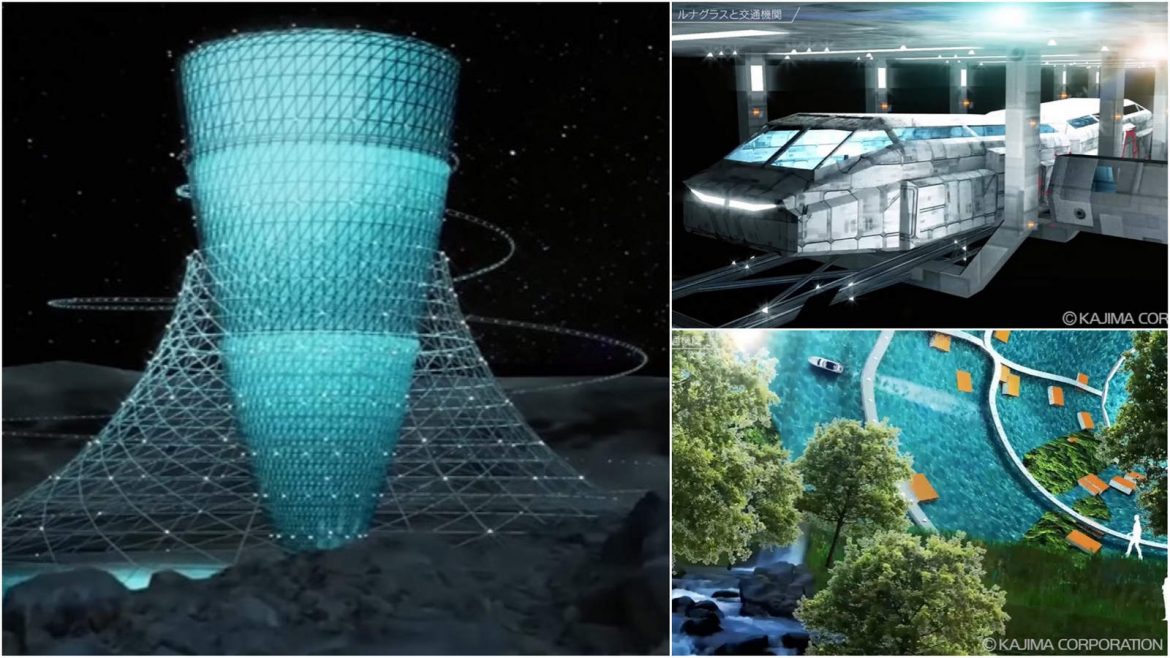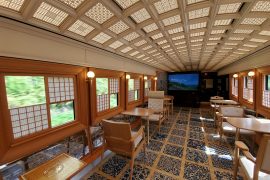SpaceX is busy developing the Starship rocket to fulfill Elon Musk’s vision of making humankind a multi-planet species. The gargantuan stainless steel rocket is being designed to be fully reusable and carry people to the moon and Mars. The world’s richest man is joined by many other thinkers who believe we have to become a multi-planet species; otherwise, one giant disaster can potentially wipe out all of humanity in no time. However, the idea of interplanetary civilization is fraught with some major hurdles that need to be solved before we load up rockets with people and transport them to other planets. One of them is the low gravitational pull on both Mars and the moon as compared to that on the Earth’s surface.
Over the years, there have been many research studies conducted to explore the effects of living in low gravity. Loss of bone mass, back pain, and kidney stones are some of the problems that have been identified. But setting up permanent civilizations on the moon and Mars might have more severe effects. It can potentially cause birth and growth defects in humans. To mitigate the issue, a joint team of researchers from Kyoto University and Kajima Corporation, a construction firm based in Tokyo, have revealed a concept space facility that will be capable of artificially generating a gravitational force similar to that of the Earth’s natural gravitational pull.
Called “The Glass,” the massive 1,300-foot-tall rotating structure utilizes is designed to rotate every 20 seconds and utilizes centrifugal force to artificially generate gravitation force. The concept is very similar to the Cooper Station from the blockbuster movie Interstellar that in turn is inspired by the O’Neill cylinder – a space settlement concept proposed by American physicist Gerard K. O’Neill in his 1976 book The High Frontier: Human Colonies in Space. While the Cooper Station is basically a rotating cylinder, the conceptual space structure proposed by the Japanese researchers looks slightly different. Instead of a cylindrical shape, The Glass looks more like a champagne flute. The joint team released a couple of videos explaining how the concept works.

“There is no plan like this in other countries’ space development plans,” said Yosuke Yamashiki, director of the SIC Human Spaceology Center of Kyoto University. “Our plan represents important technologies crucial to ensuring human beings will be able to move to space in the future.” The researchers plan on building two separate facilities called “Lunar Glass” for the moon and “Mars Glass” for Mars. However, they did mention that it will take close to 100 years to build these massive structures, although a simplified version of “The Glass” could be on the moon by 2050. The facilities include forest covers and water bodies to mimic the biodiversity of Earth.
The Glass concept is a part of the team’s broader plan to colonize the moon and Mars. The artificial gravity-fueled living facilities will be supported by a much more ambitious interplanetary transportation system called the “Hexagon Space Track System.” According to the researchers, the system will use space trains instead of traditional rockets. These transporters will also generate their own gravity while they travel between Earth, the moon, and Mars. “Developing an artificial gravity residential facility with Kyoto University will be a watershed moment in space research,” said Takuya Ohno, an architect, and researcher at Kajima, in the press statement. “We will work to make this joint research meaningful for humankind.”









